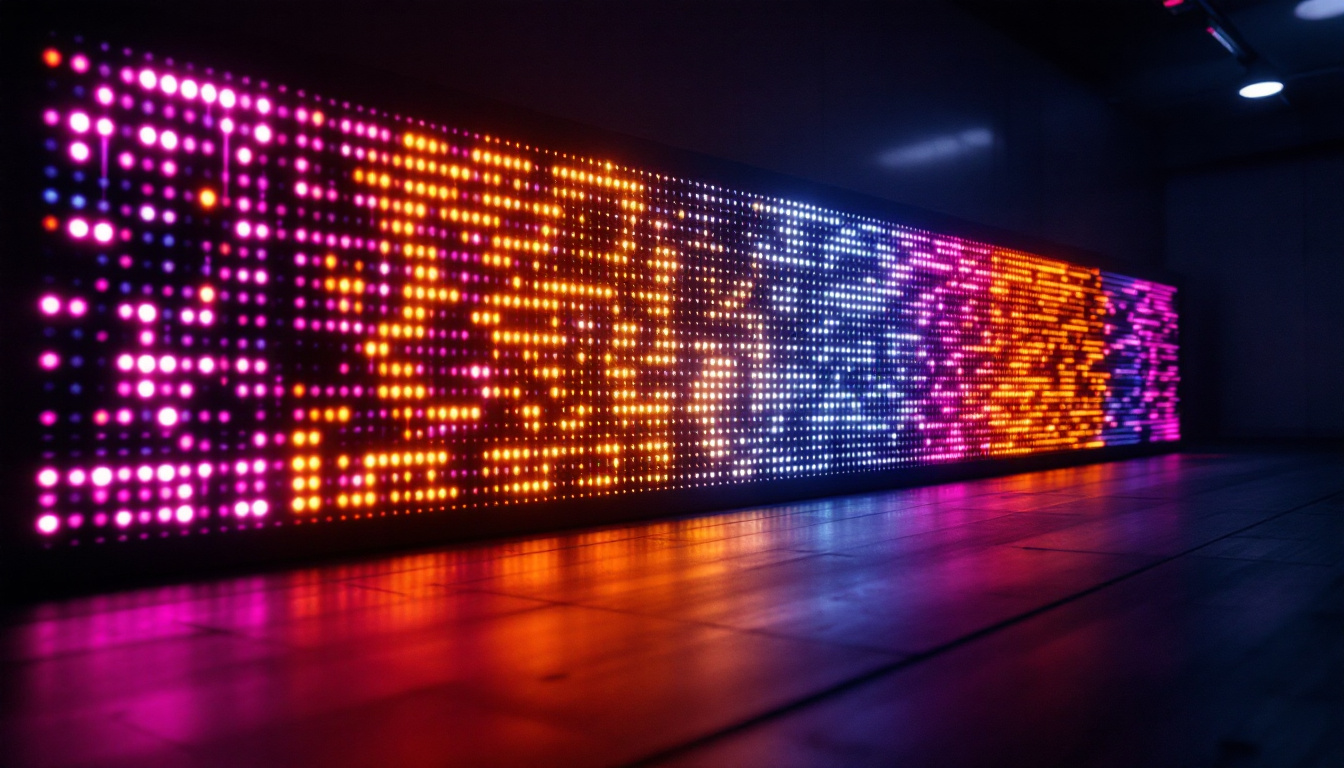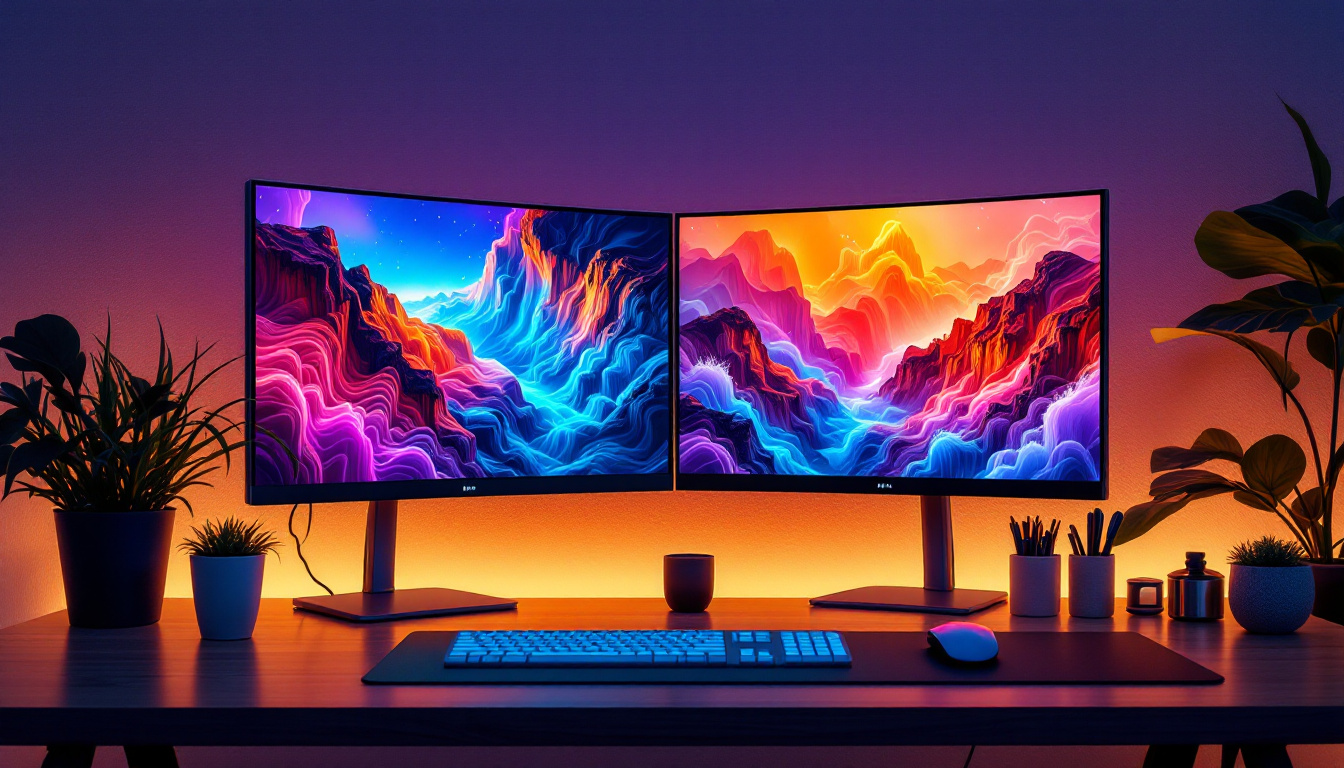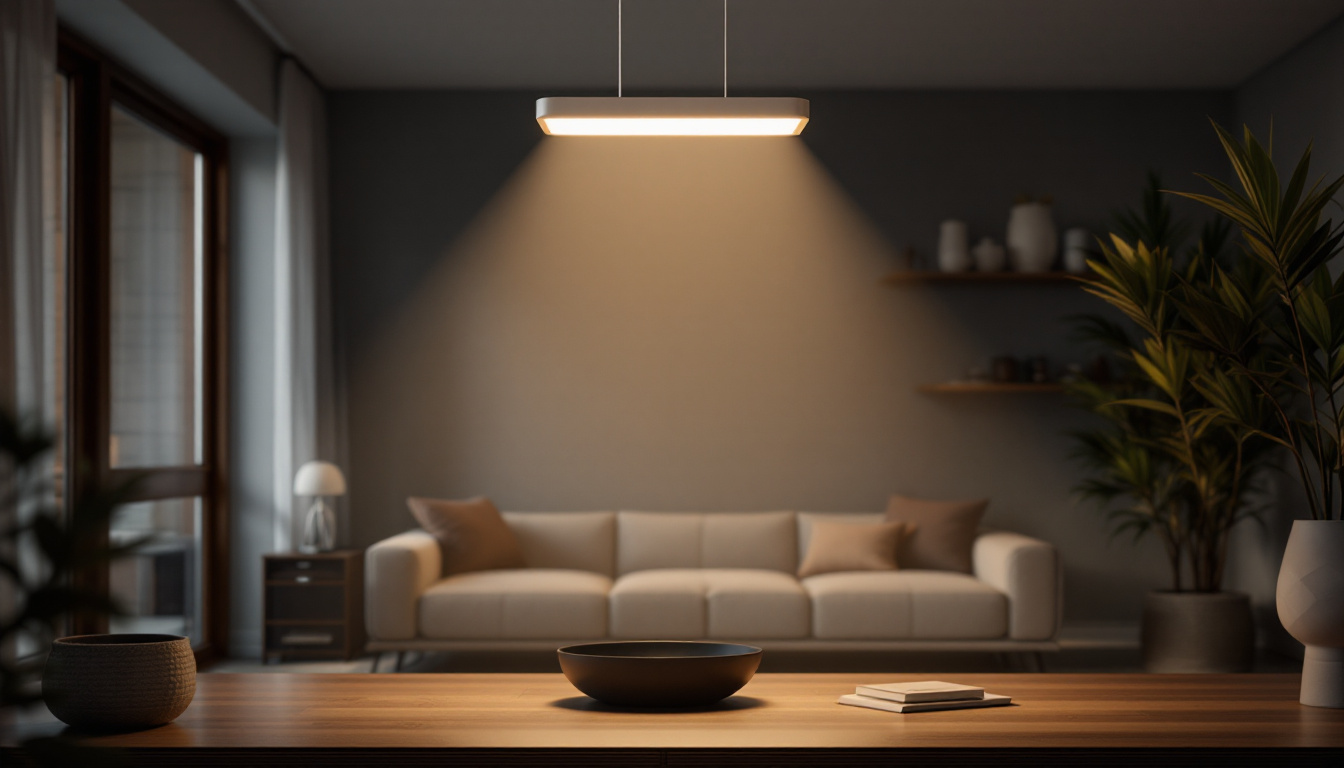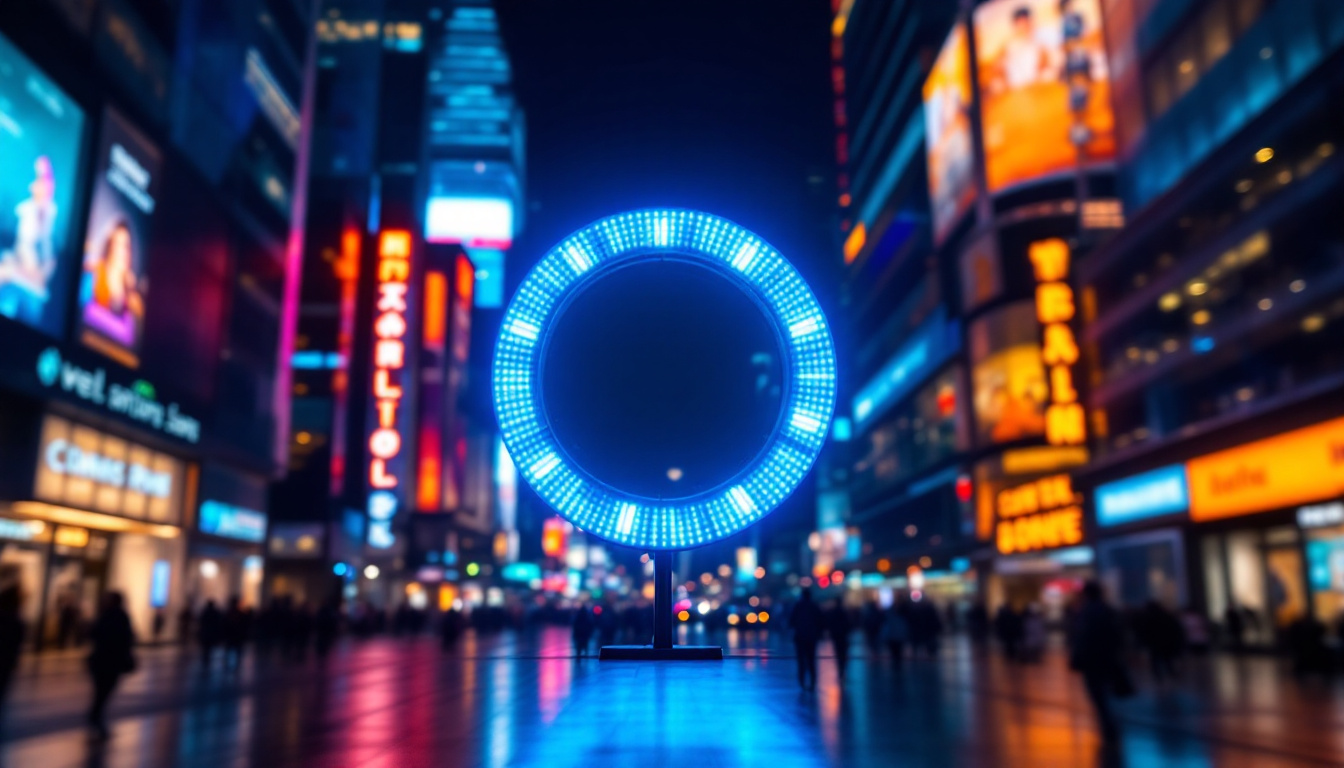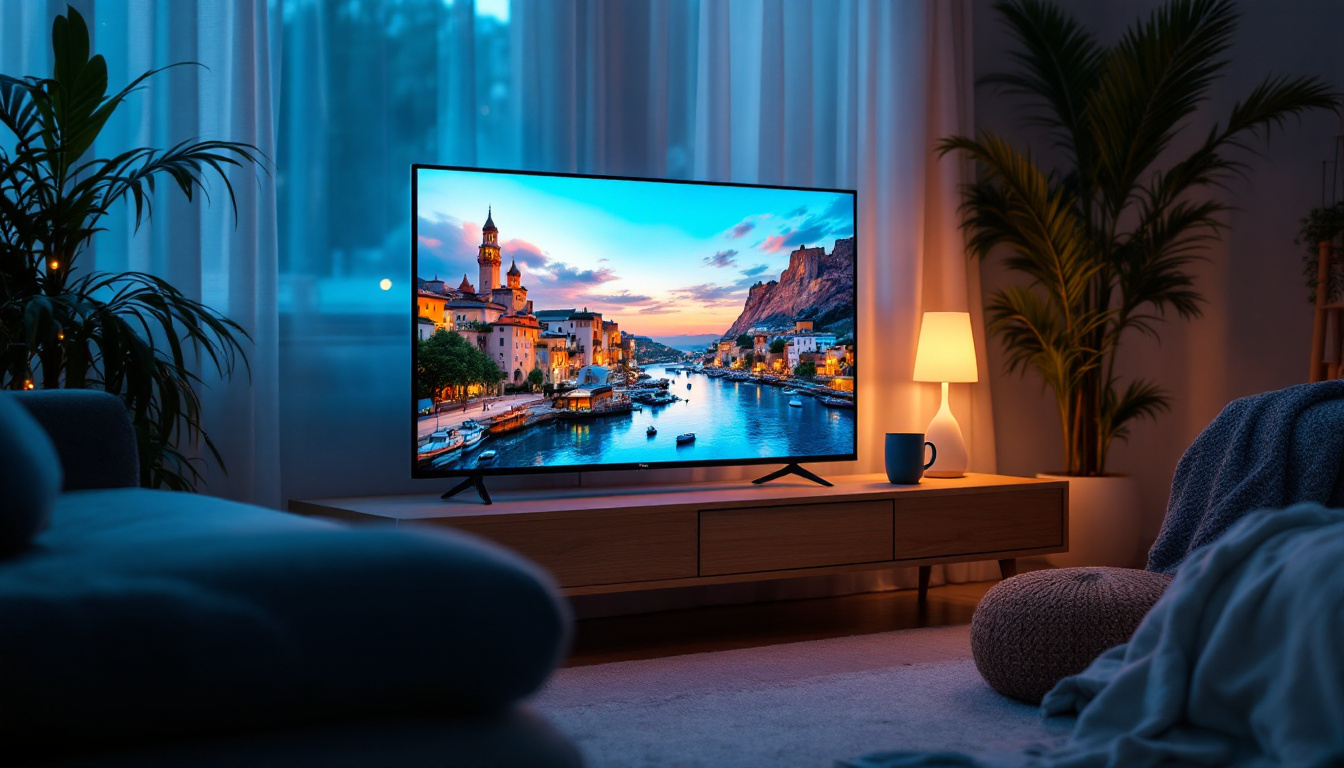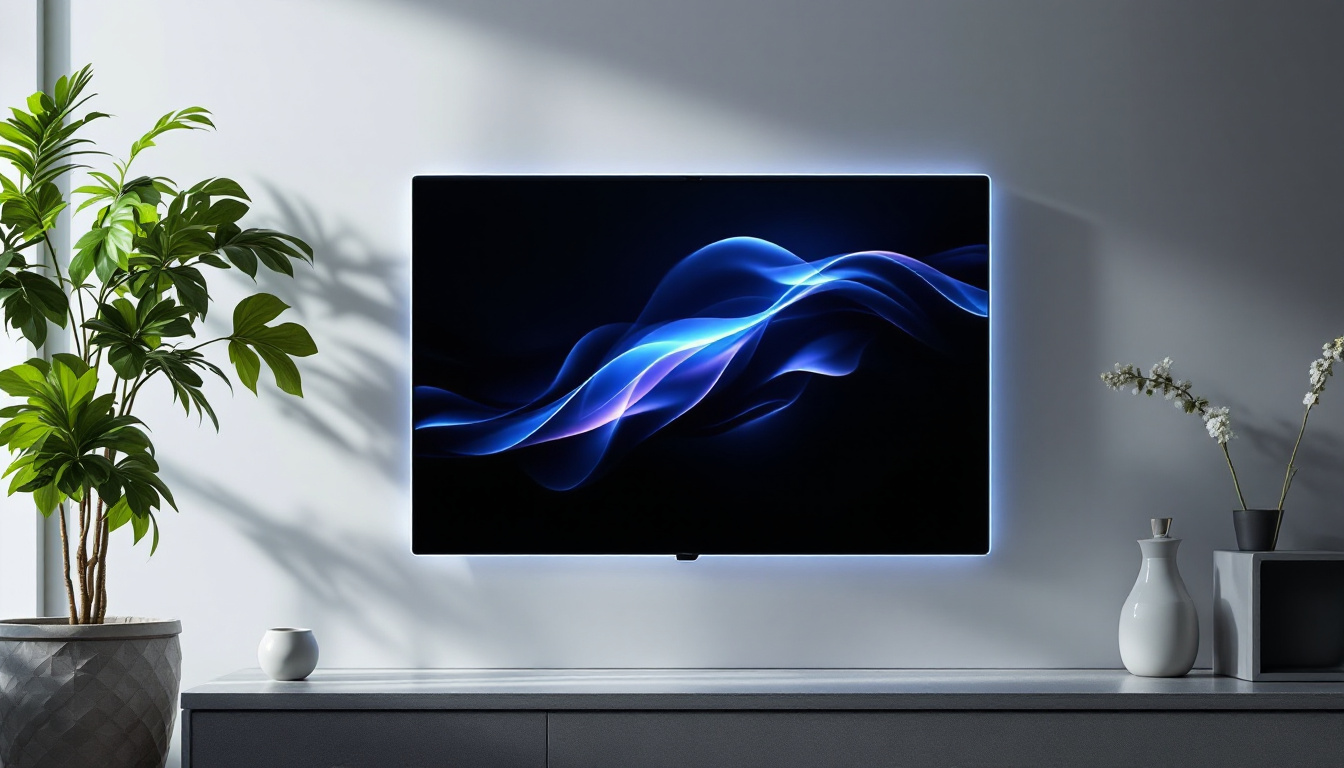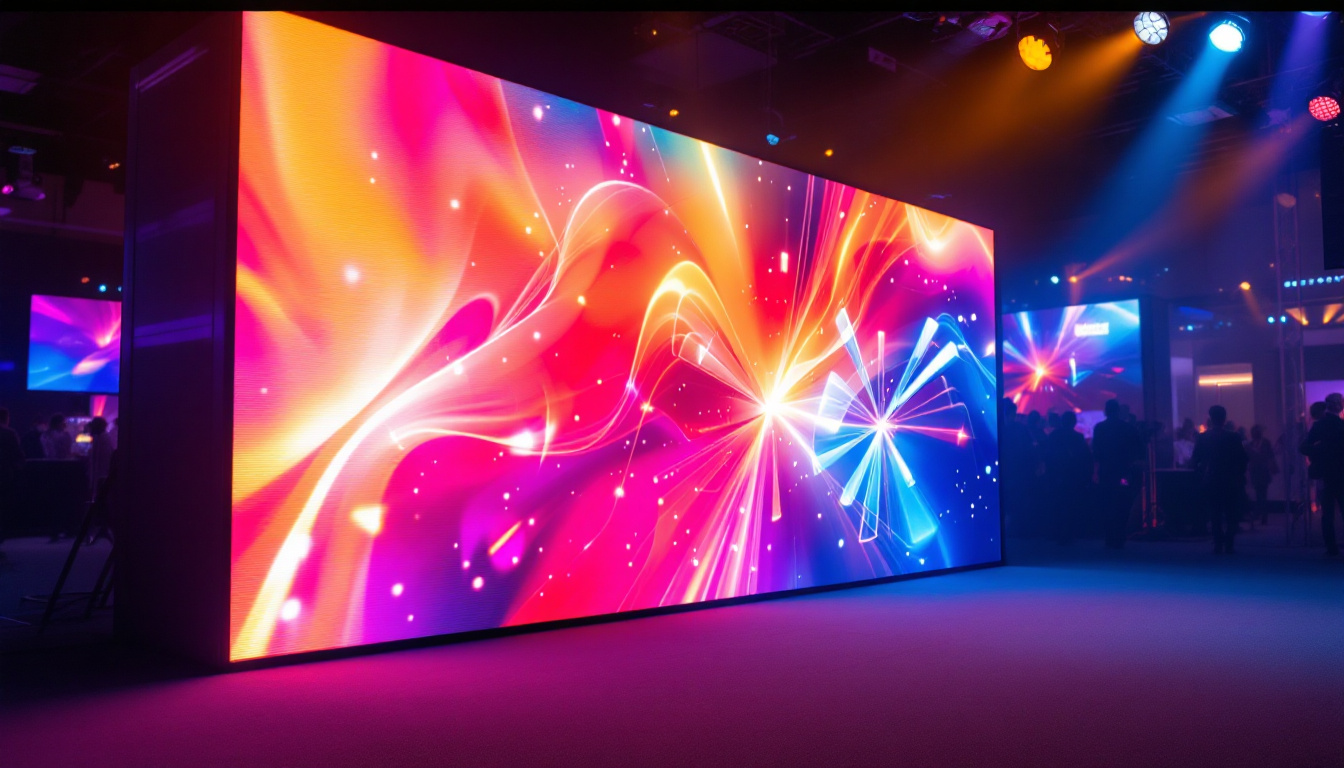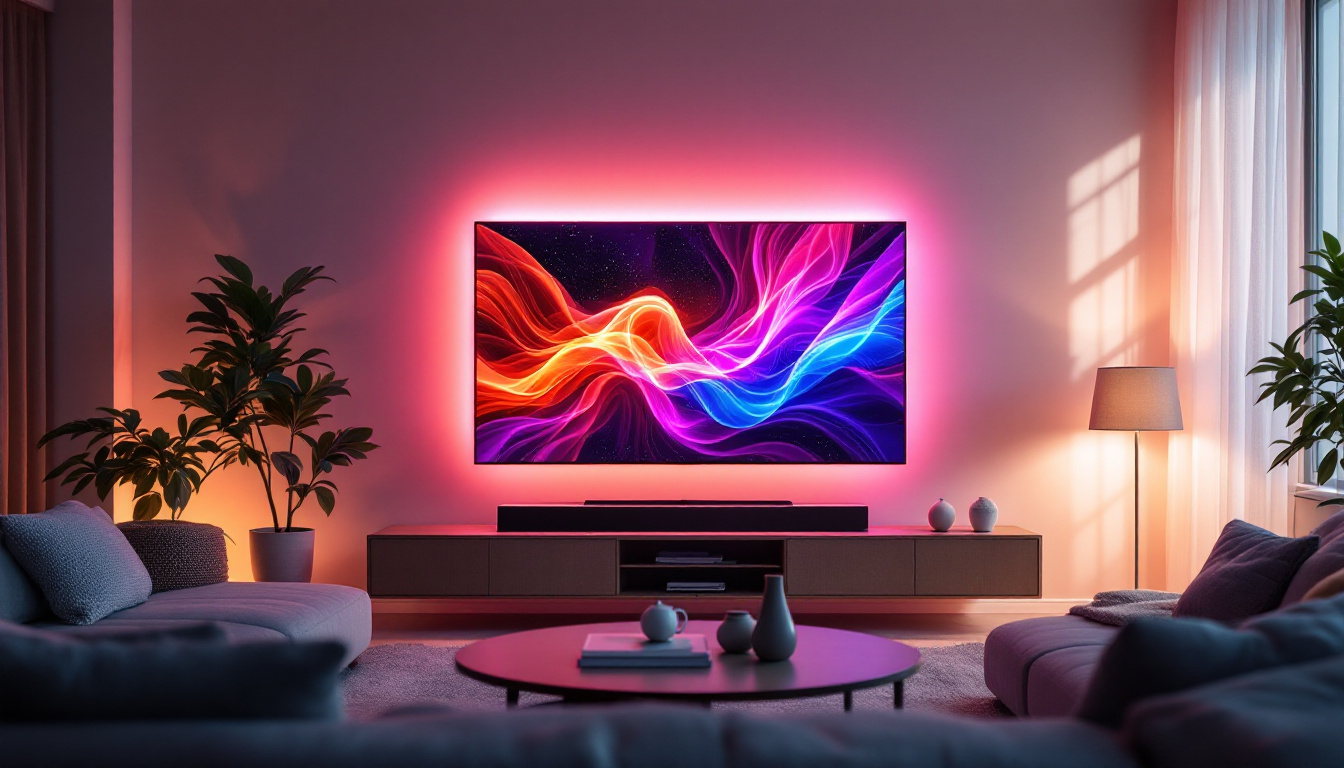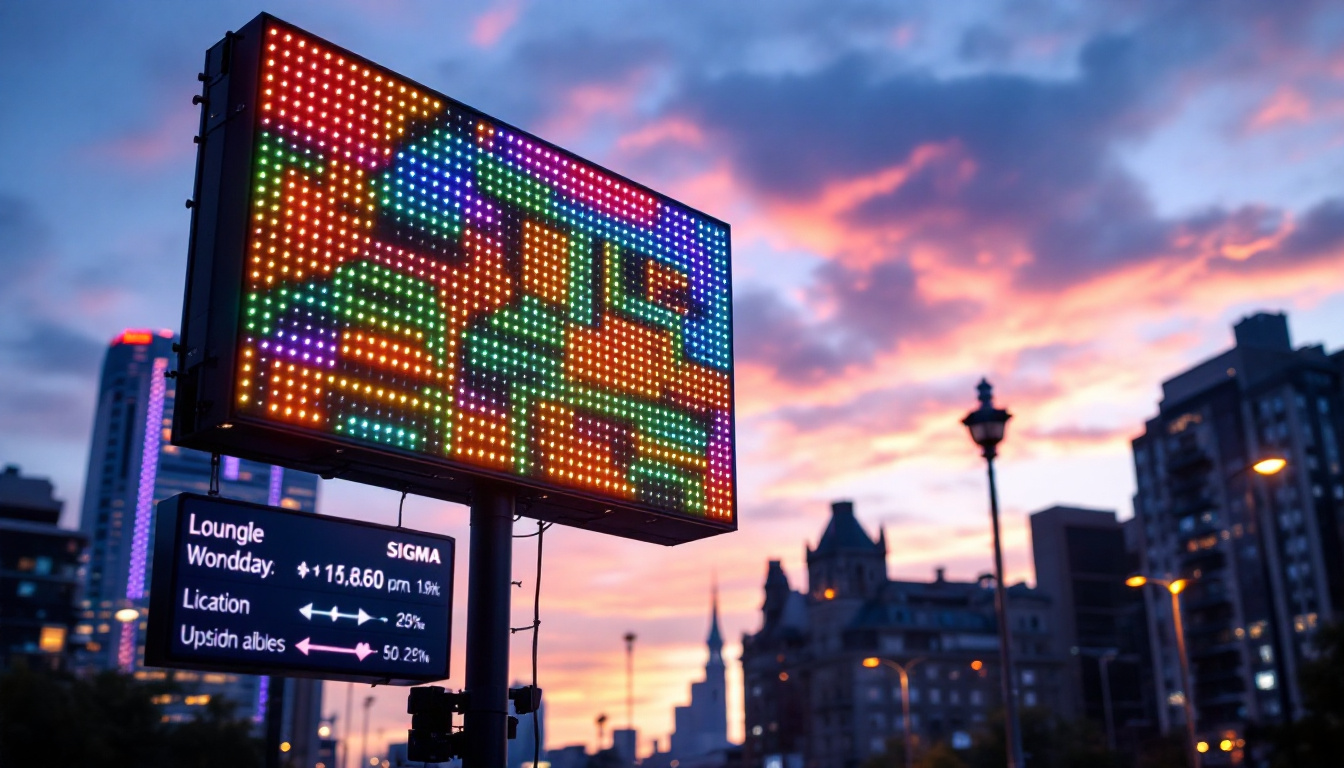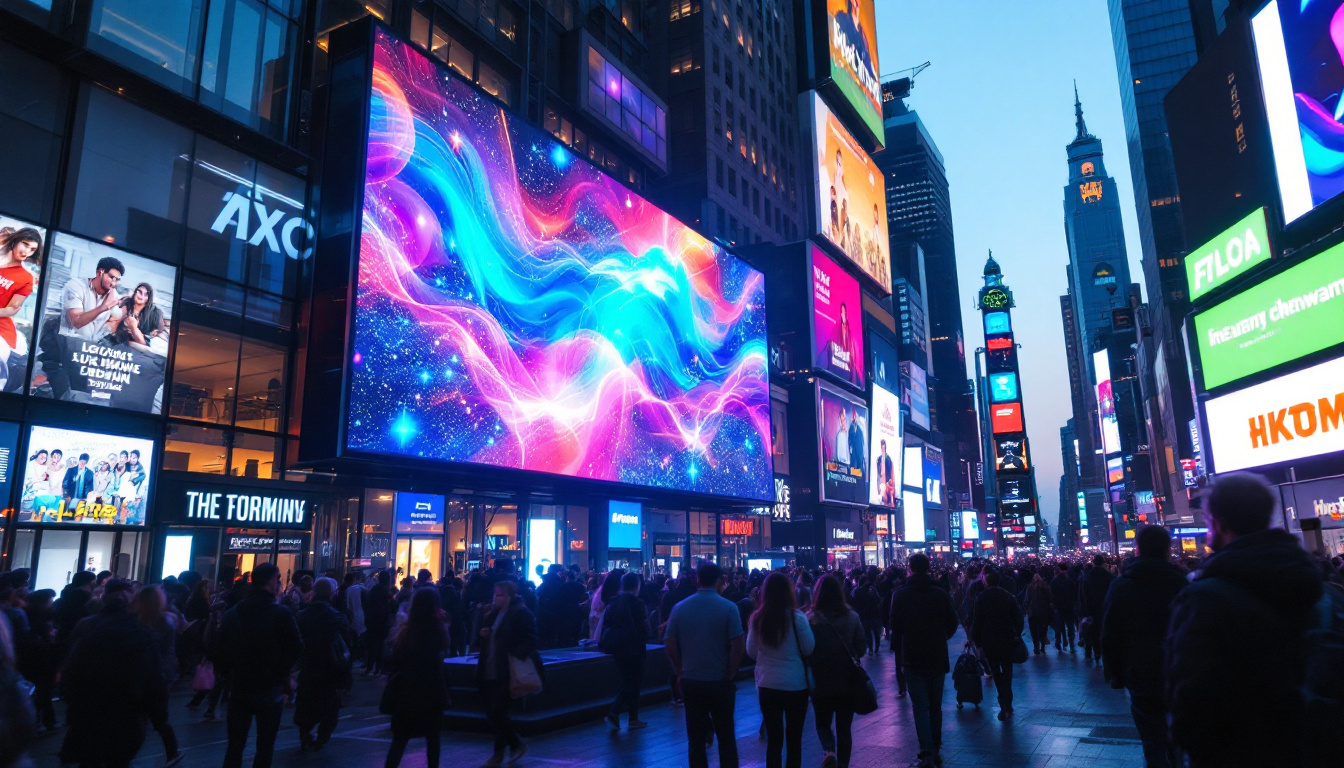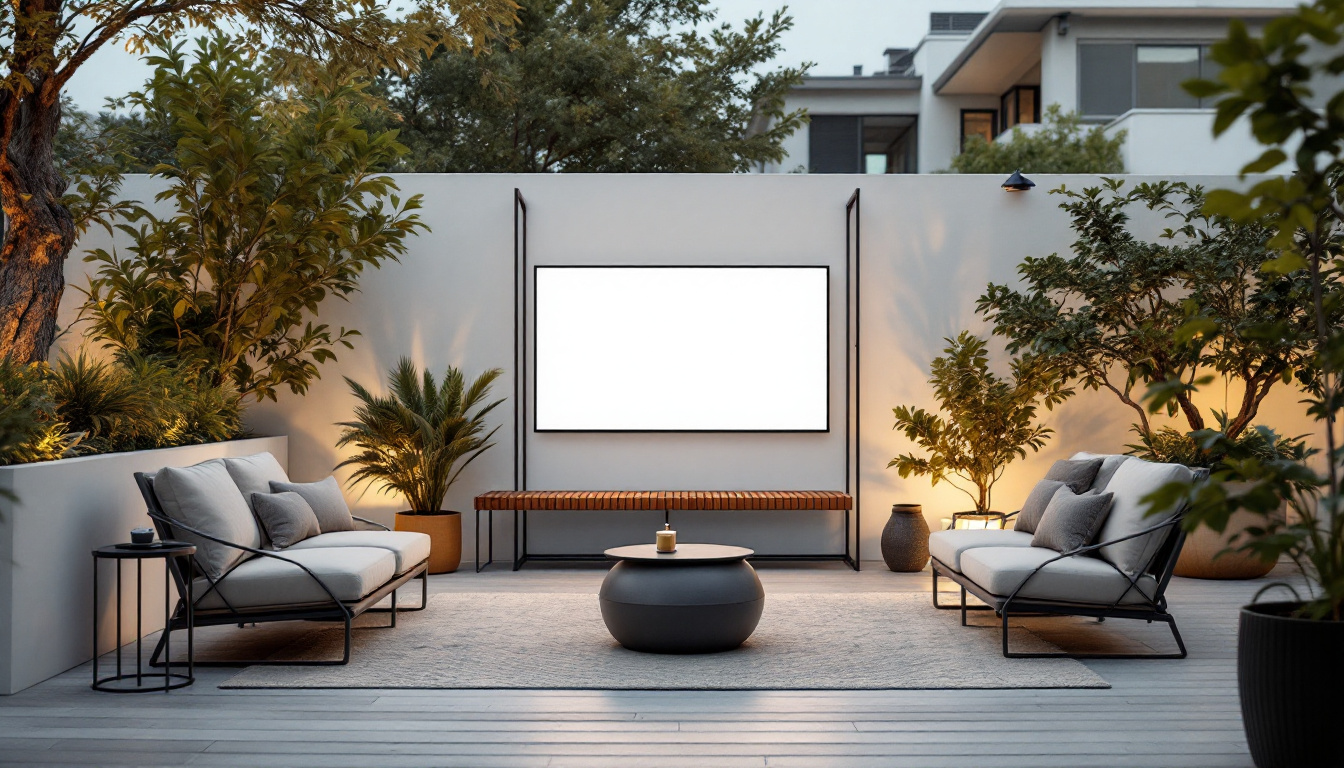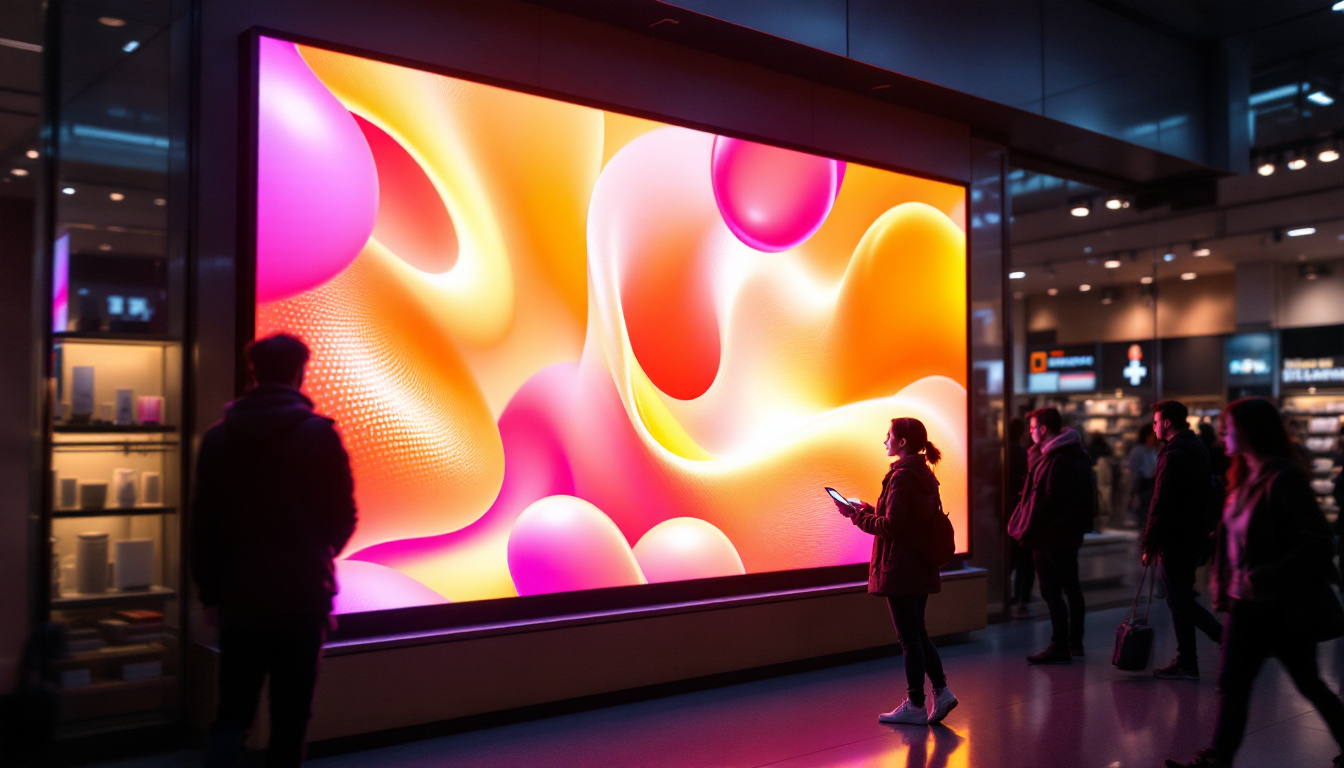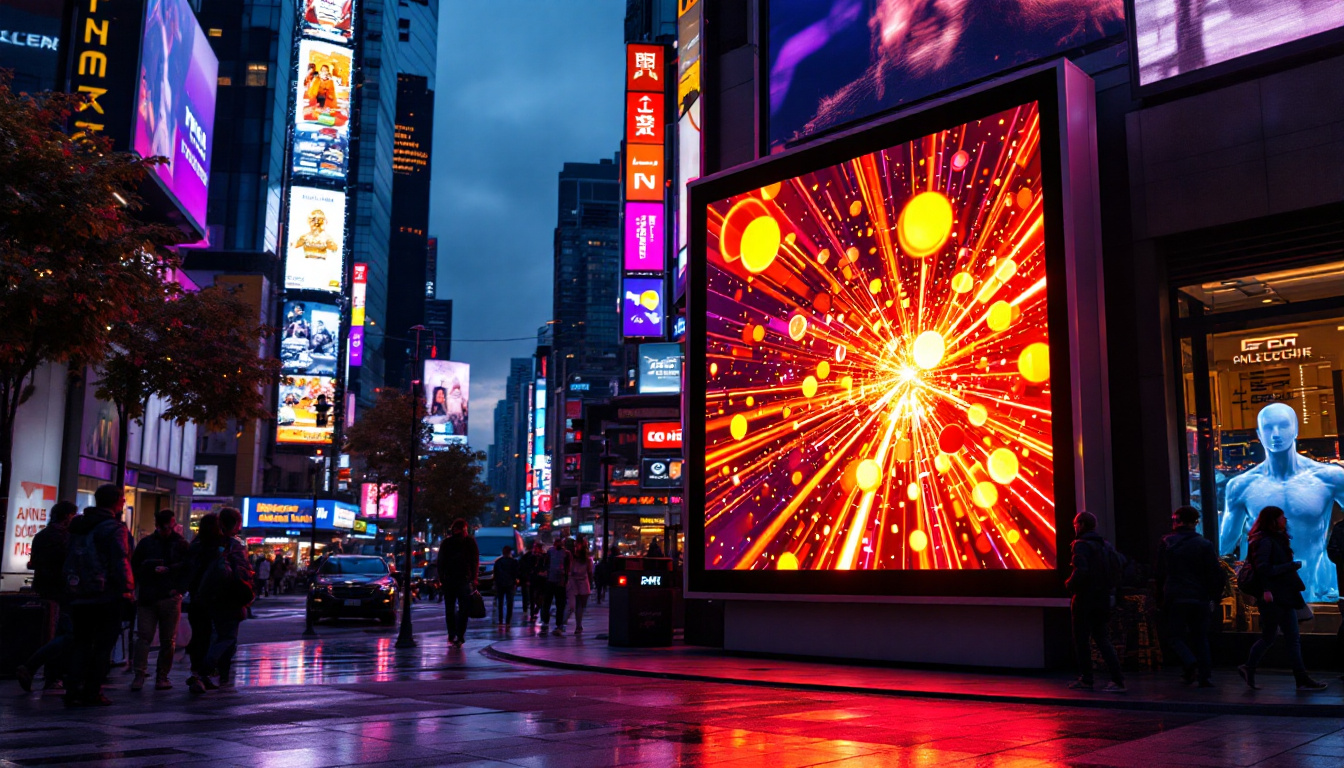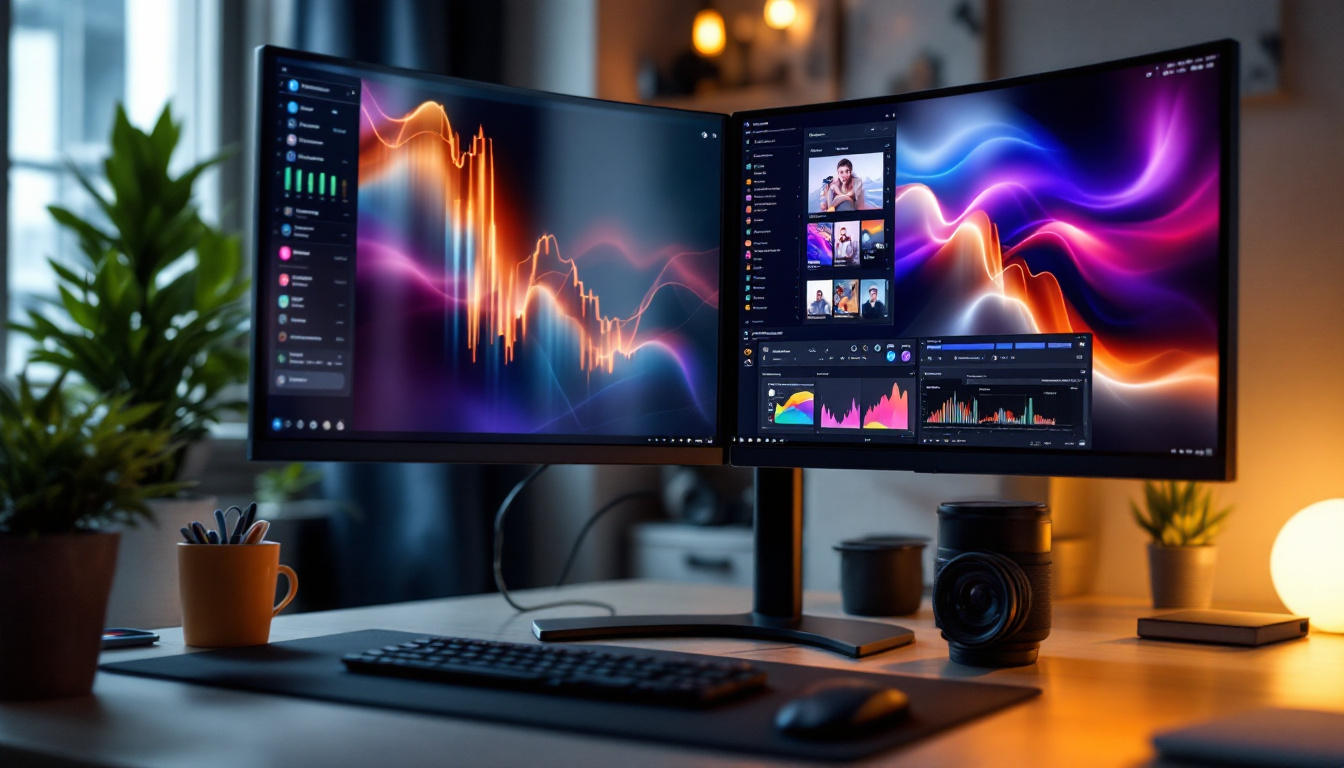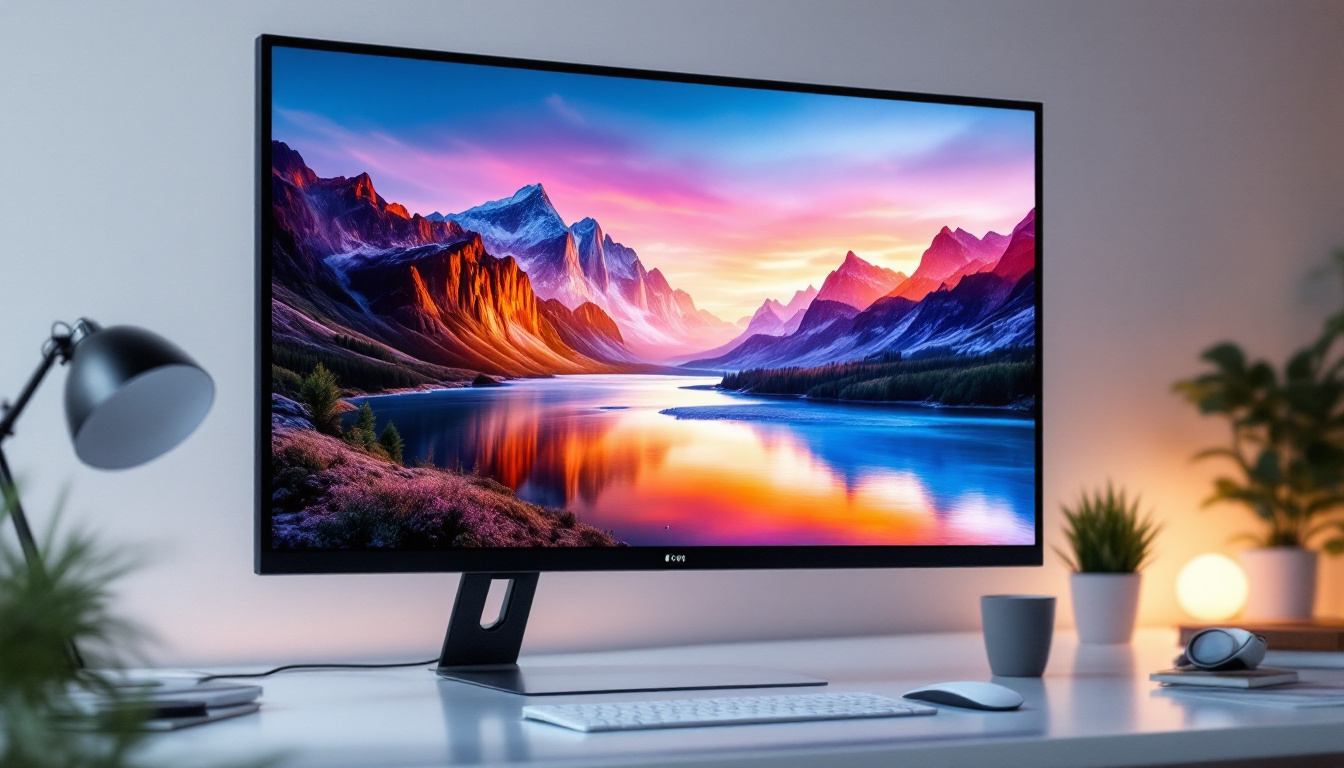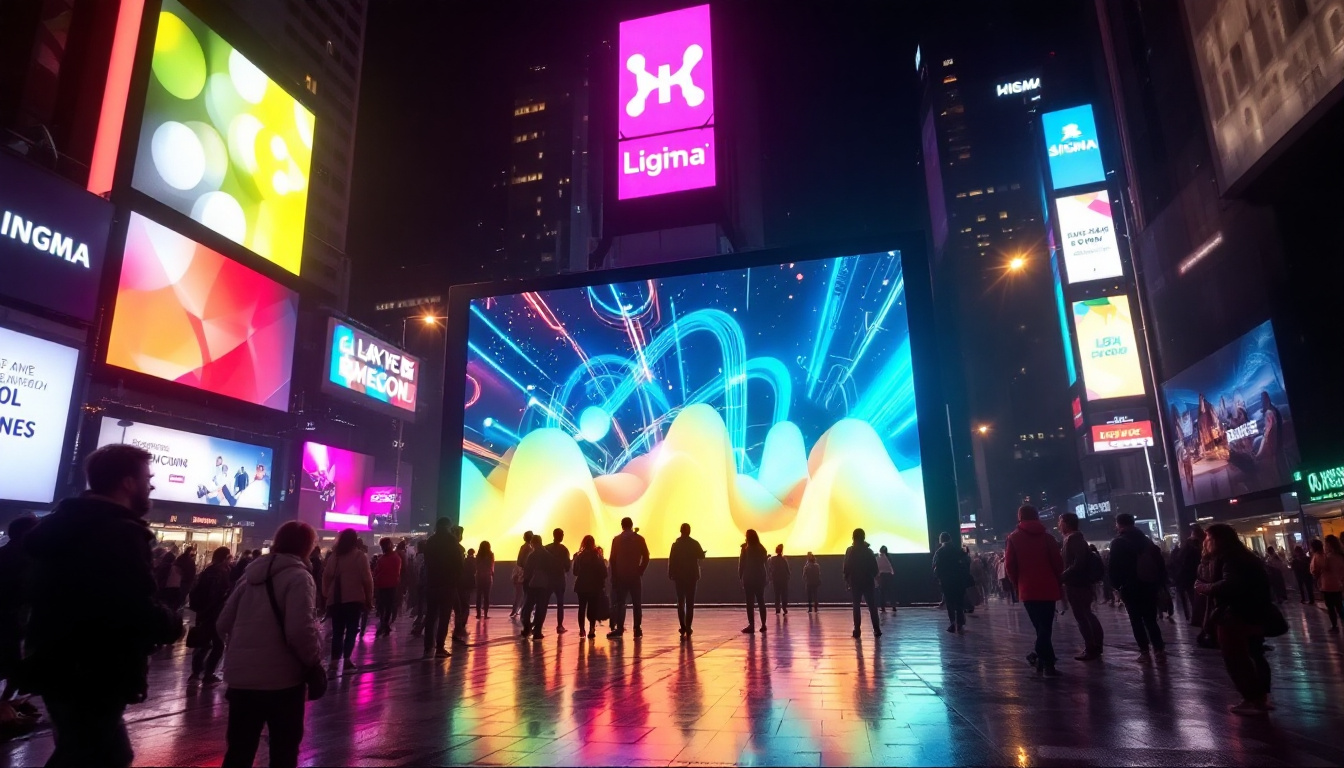In the world of visual displays, contrast ratio is a critical specification that significantly influences the viewing experience. It is particularly important for LED displays, which are widely used in televisions, computer monitors, and digital signage. Understanding how to calculate contrast ratio, as well as its implications on image quality, can help consumers make informed decisions when purchasing display devices. This article delves into the intricacies of contrast ratio calculation, its significance, and how it applies to LED displays.
What is Contrast Ratio?
Contrast ratio is defined as the difference in luminance between the brightest white and the darkest black that a display can produce. It is expressed as a ratio, typically represented in the format of X:1. For example, a contrast ratio of 1000:1 means that the brightest white is 1000 times brighter than the darkest black. This measurement is crucial because it directly affects the clarity, depth, and overall visual quality of images displayed on screens. The contrast ratio is not only a technical specification but also a fundamental aspect that influences how viewers perceive content, making it an essential consideration for manufacturers and consumers alike.
Importance of Contrast Ratio
The significance of contrast ratio cannot be overstated. A higher contrast ratio generally results in more vivid colors and deeper blacks, which enhances the overall viewing experience. This is particularly important in environments with varying lighting conditions, where a display with a low contrast ratio may struggle to produce clear images. For instance, in a brightly lit room, a display with a low contrast ratio may appear dull and lifeless, as the ambient light can wash out the colors and details that would otherwise be visible in a darker setting.
Moreover, a high contrast ratio is essential for tasks that require precise color accuracy, such as graphic design, video editing, and gaming. In these applications, the ability to distinguish between subtle differences in shades can be the difference between a mediocre and an exceptional visual output. For example, a graphic designer may rely on accurate color representation to ensure that their work translates well across different media, while gamers benefit from high contrast ratios that enhance the immersive experience by making shadows and highlights more pronounced, thus improving gameplay dynamics.
How Contrast Ratio Affects Image Quality
When evaluating image quality, contrast ratio plays a pivotal role. Displays with a high contrast ratio can produce more dynamic images with a greater range of colors. This is because the increased difference between the darkest and lightest parts of the image allows for more detail to be visible in both shadows and highlights. Such displays can showcase the intricacies of a sunset, where the deep oranges and reds contrast beautifully against the darkening sky, creating a more engaging and lifelike representation of the scene.
In contrast, displays with low contrast ratios may result in washed-out images, where details in dark areas are lost, and bright areas appear overly bright. This can lead to a flat and unengaging visual experience, making high contrast ratios a key consideration for anyone looking to invest in a quality display. Furthermore, the impact of contrast ratio extends beyond just aesthetics; it can also affect viewer fatigue. Displays that struggle with contrast may require viewers to strain their eyes, leading to discomfort during prolonged use. Thus, selecting a display with an optimal contrast ratio is not only about enhancing visual appeal but also about ensuring a comfortable viewing experience that can be enjoyed for hours on end.
Calculating Contrast Ratio
Calculating contrast ratio involves a straightforward mathematical formula. The contrast ratio is determined by measuring the luminance of the brightest white and the darkest black that a display can produce. The formula can be expressed as:
Contrast Ratio = Luminance of Brightest White / Luminance of Darkest Black
To calculate this, specific tools and equipment are often used, such as a photometer or a colorimeter, which measure the light output of the display at different settings. Understanding this calculation is essential for manufacturers and consumers alike, as it provides a quantifiable metric to compare different displays. A higher contrast ratio typically indicates a display that can produce more vivid colors and deeper blacks, enhancing the overall viewing experience.
Measuring Luminance
Luminance is measured in candelas per square meter (cd/m²), which quantifies the amount of light emitted from a surface in a specific direction. To accurately measure luminance, one must ensure that the display is set to its maximum brightness level for the white measurement and its minimum brightness level for the black measurement. Additionally, it’s important to consider the viewing angle when measuring luminance, as it can vary depending on the observer’s position relative to the screen.
When measuring the luminance of the darkest black, it is crucial to ensure that the display is in a completely dark environment to avoid any interference from ambient light. This will provide a more accurate representation of the display’s capabilities. Furthermore, the calibration of the measuring device is essential, as any discrepancies can lead to incorrect readings and ultimately affect the perceived quality of the display.
Example Calculation
To illustrate the calculation of contrast ratio, consider an LED display that measures 300 cd/m² for the brightest white and 0.3 cd/m² for the darkest black. Using the formula:
Contrast Ratio = 300 cd/m² / 0.3 cd/m² = 1000:1
This result indicates that the display has a contrast ratio of 1000:1, which is considered excellent and suitable for a wide range of viewing applications. Displays with such high contrast ratios are particularly beneficial for tasks that require precise color differentiation, such as graphic design and video editing. They also enhance the viewing experience for movies and gaming, where deep blacks and bright highlights can significantly impact immersion and realism.
Moreover, the contrast ratio can also play a pivotal role in accessibility, particularly for individuals with visual impairments. A higher contrast ratio can make text and images more distinguishable, allowing for better readability and a more comfortable viewing experience. As technology continues to evolve, understanding and calculating contrast ratios will remain a vital skill for both consumers seeking the best display options and professionals aiming to create visually engaging content.
Types of Contrast Ratio
There are different types of contrast ratios that are often cited in specifications, and understanding these distinctions is essential for making informed decisions. The two most common types are static contrast ratio and dynamic contrast ratio.
Static Contrast Ratio
The static contrast ratio is the most commonly referenced measurement. It represents the contrast ratio under a fixed set of conditions, typically with the display set to a specific brightness level. This ratio does not change regardless of the content being displayed, making it a reliable metric for comparing different displays.
Static contrast ratios are particularly useful for evaluating the performance of displays in controlled environments, such as a home theater or office setting. However, it may not fully represent the display’s performance in real-world scenarios where content varies significantly.
Dynamic Contrast Ratio
Dynamic contrast ratio, on the other hand, refers to the maximum contrast ratio that a display can achieve by adjusting its brightness in real-time based on the content being shown. This means that when displaying dark scenes, the backlight may dim significantly, resulting in deeper blacks and a higher contrast ratio.
While dynamic contrast ratios can provide impressive numbers, they can sometimes be misleading. The actual performance may vary based on the content being viewed, and the techniques used to achieve these ratios can sometimes lead to artifacts or inconsistencies in image quality.
Factors Influencing Contrast Ratio in LED Displays
Several factors can influence the contrast ratio of LED displays. Understanding these factors can help consumers make better choices when selecting a display for their needs.
Display Technology
The type of display technology used plays a significant role in determining contrast ratio. LED displays, particularly those using OLED technology, tend to have higher contrast ratios compared to traditional LCD displays. This is because OLED panels can turn off individual pixels, achieving true blacks, while LCD panels rely on backlighting, which can lead to light bleed and reduced contrast.
Furthermore, advancements in display technologies, such as quantum dot and mini-LED, are also enhancing contrast ratios by improving color accuracy and minimizing light leakage.
Ambient Light Conditions
The environment in which a display is used can significantly affect perceived contrast ratio. In brightly lit rooms, reflections and glare can wash out images, making it difficult to appreciate the full range of contrast. Conversely, in darker environments, displays can showcase their full capabilities, resulting in a more immersive viewing experience.
To mitigate the impact of ambient light, many high-end displays come equipped with anti-glare coatings and adaptive brightness features that adjust the display’s settings based on surrounding light conditions.
Calibration and Settings
Proper calibration of a display can also have a substantial impact on its contrast ratio. Many displays come with preset modes that optimize brightness and color settings for specific content types. However, users may benefit from manual calibration to achieve the best possible contrast ratio based on their unique viewing environment and preferences.
Calibration tools and software can assist in fine-tuning settings to maximize contrast ratio, ensuring that the display performs optimally for various types of content.
Conclusion
Understanding contrast ratio is essential for anyone looking to invest in an LED display. It serves as a key indicator of image quality, influencing everything from color vibrancy to detail visibility. By grasping how to calculate contrast ratio and recognizing the factors that affect it, consumers can make more informed decisions when selecting a display that meets their needs.
As technology continues to evolve, advancements in display technology will likely lead to even higher contrast ratios, enhancing the viewing experience across various applications. Whether for gaming, professional work, or casual viewing, a high contrast ratio remains a vital consideration for achieving stunning visuals.
In summary, knowing the ins and outs of contrast ratio calculation and its implications can empower consumers to choose displays that not only meet their technical requirements but also elevate their overall viewing experience.
Discover LumenMatrix’s Advanced LED Displays
Ready to experience the pinnacle of image quality with an LED display that boasts exceptional contrast ratios? LumenMatrix is at the forefront of LED display technology, offering a wide array of solutions designed to bring your visual content to life. From vibrant Indoor LED Walls to dynamic Outdoor LED Displays and beyond, our mission is to transform your visual communication with displays that captivate and engage. Elevate your brand visibility and create immersive visual experiences with our cutting-edge LED display modules. Check out LumenMatrix LED Display Solutions today and see the difference for yourself.

